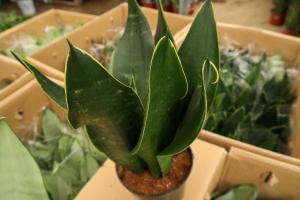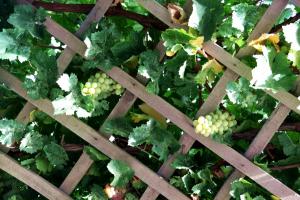cultivation method of Edelweiss
cultivation
Edelweiss is suitable for growing in loose and fertile humus soil, so it is best to choose rotten leaf fertile soil as basin soil. Don't let it go after sowing. After emergence, the seedlings need to be separated. When the plant has 3 true leaves, it can be transferred to the pot. During the growth period, the basin soil should not be too wet, and the basin soil can be slightly wet. Fertilize once a month, be careful not to get the fertilizer liquid on the leaves, and try to keep the basin soil slightly dry in winter< span>

reproduction
there are two main propagation methods of edelweiss, which are ramet propagation and sowing propagation. Ramets are generally carried out in spring. You can pick up the tufted Edelweiss and directly potted it. In addition, spring sowing is also the main sowing method, and the suitable temperature for seed germination is 20 degrees Celsius, which will germinate after 10 days< span>

precautions for the cultivation of Edelweiss
change Basin
after a period of cultivation of edelweiss, if it is necessary to consider changing pots, it is best to prepare the soil to be changed in advance, then cut off the dry or yellow leaves and stems from the roots of the plants to be moved, and then put them into the changed soil< span>
diseases and insect pests
snow velvet grass generally lives in alpine environment, so the probability of its diseases and insect pests is small under the condition of low temperature, but it is still necessary to do a good job in the prevention of diseases and insect pests< span>
through the above introduction, I believe you have learned about the plant and breeding method of edelweiss, so why not prepare to sow pure Edelweiss in spring< span>

 jackfruit
jackfruit snake plant
snake plant hibiscus
hibiscus hydrangea
hydrangea lavender
lavender Green roses climb al...
Green roses climb al... If you don't pay att...
If you don't pay att... Management of four g...
Management of four g...

































